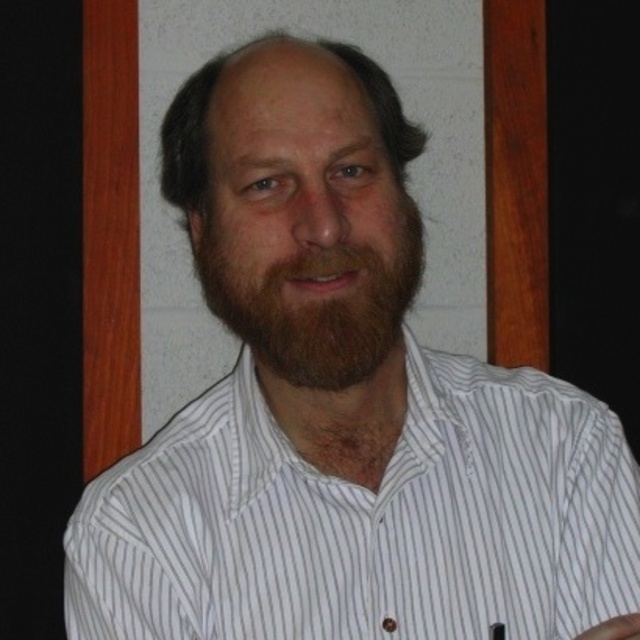February
2022
•
2022ApJ...926..106M
Authors
•
Mendelsohn, Eric J.
•
Newberg, Heidi Jo
•
Shelton, Siddhartha
•
Widrow, Lawrence M.
•
Thompson, Jeffery M.
•
Grillmair, Carl J.
Abstract
•
We fit the mass and radial profile of the Orphan-Chenab Stream's (OCS) dwarf-galaxy progenitor by using turnoff stars in the Sloan Digital Sky Survey and the Dark Energy Camera to constrain N-body simulations of the OCS progenitor falling into the Milky Way on the 1.5 PetaFLOPS MilkyWay@home distributed supercomputer. We infer the internal structure of the OCS's progenitor under the assumption that it was a spherically symmetric dwarf galaxy composed of a stellar system embedded in an extended dark matter halo. We optimize the evolution time, the baryonic and dark matter scale radii, and the baryonic and dark matter masses of the progenitor using a differential evolution algorithm. The likelihood score for each set of parameters is determined by comparing the simulated tidal stream to the angular distribution of OCS stars observed in the sky. We fit the total mass of the OCS's progenitor to (2.0 ± 0.3) × 107 M ⊙ with a mass-to-light ratio of γ = 73.5 ± 10.6 and (1.1 ± 0.2) × 106 M ⊙ within 300 pc of its center. Within the progenitor's half-light radius, we estimate a total mass of (4.0 ± 1.0) × 105 M ⊙. We also fit the current sky position of the progenitor's remnant to be (α, δ) = ((166.0 ± 0.9)°, (-11.1 ± 2.5)°) and show that it is gravitationally unbound at the present time. The measured progenitor mass is on the low end of previous measurements and, if confirmed, lowers the mass range of ultrafaint dwarf galaxies. Our optimization assumes a fixed Milky Way potential, OCS orbit, and radial profile for the progenitor, ignoring the impact of the Large Magellanic Cloud.
Links




